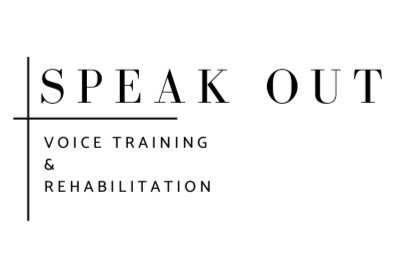The 10-minute practice session:
An attitude adjustment
Give me a dollar for every time a student has said, “Sorry, I didn’t have much time to practice this week” and I’ll be a wealthy gal. What they mean is, “I didn’t have an hour, so I skipped it.” And they end up practicing three times that week.
But motor learning research has shown that frequent, brief periods of practice are much more valuable than infrequent, lengthy sessions. This is partly due to our inability to concentrate sufficiently after about 20 minutes, and partly because one needs many, many repetitions before something is truly embedded.
Be honest: how often have you noticed your mind wandering while you were practicing? Something out on the street caught your eye; or you couldn’t resist checking your text messages; or you started thinking about lunch. Quite often, right? Well, you’re not alone; most people will get distracted after about 15 minutes, particularly if the practice session is open-ended.
I saw an enormous leap in “vocal productivity” after I began encouraging my students to engage in 10-minute practice sessions. The truth is, you can always find 10 minutes somewhere in your day. And permitting yourself to “only” practice for 10 minutes relieves the guilt of not having practiced. It’s amazing how much progress can be made in 10 minutes: because you know you have a very limited time frame, you don’t waste time noodling around, but get right down to it.
Deciding what to practice beforehand will help focus your attention before you open your mouth. There are so many different things to practice, so do a triage beforehand: “What do I feel like doing right now?” Or, “what needs attention today?” Sometimes it’ll be a technical aspect, such as a difficult consonant-vowel transition, a large ascending leap, a high diminuendo. Maybe you really need to spend some time on the text. Or maybe you’re in an exploratory mood and want to play around with different tempi or dynamics. Or….. fill in the blank.
It’s important to be as specific as possible in order to focus on the chosen task without flitting off in a hundred directions. The writer, Anne Lamott, in her wonderful, wry way, describes this approach in her book, Bird by Bird: Some Instructions on Writing and Life. In the chapter entitled Short Assignments, she writes, “….all I have to do is to write down as much as I can see through a one-inch picture frame. This is all I have to bite off for the time being.”
Yes, that 10 minutes goes by very fast. And sometimes you’ll realize that you’ve actually been practicing for 20, but were so focused that you didn’t notice.
